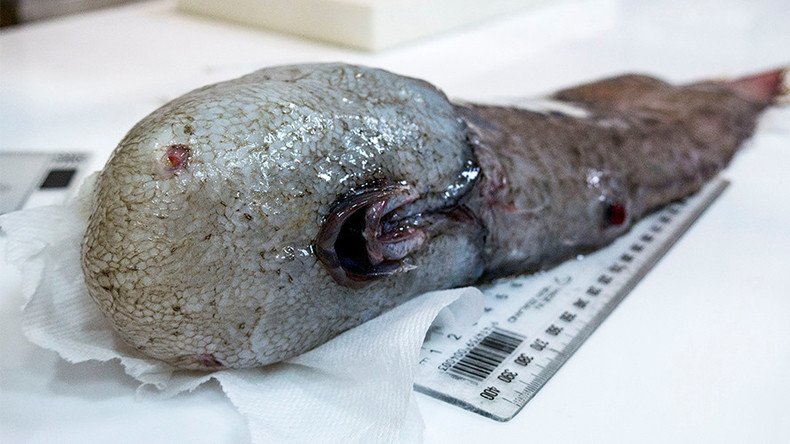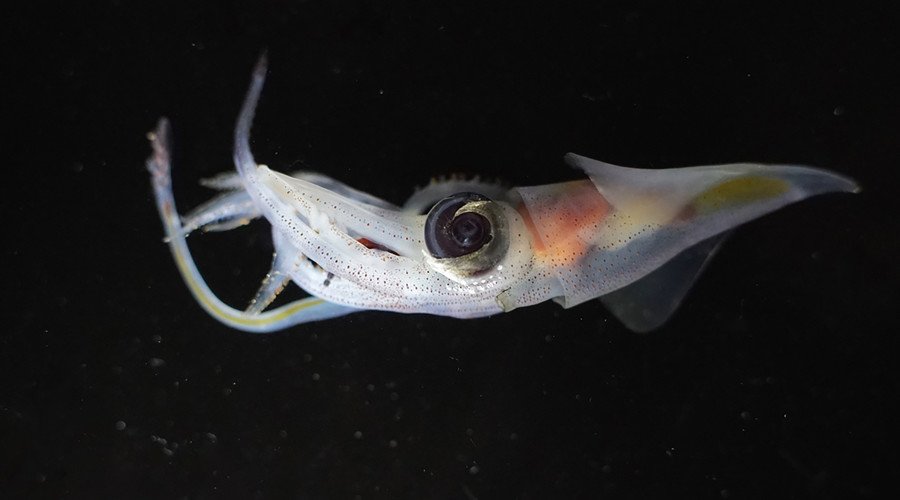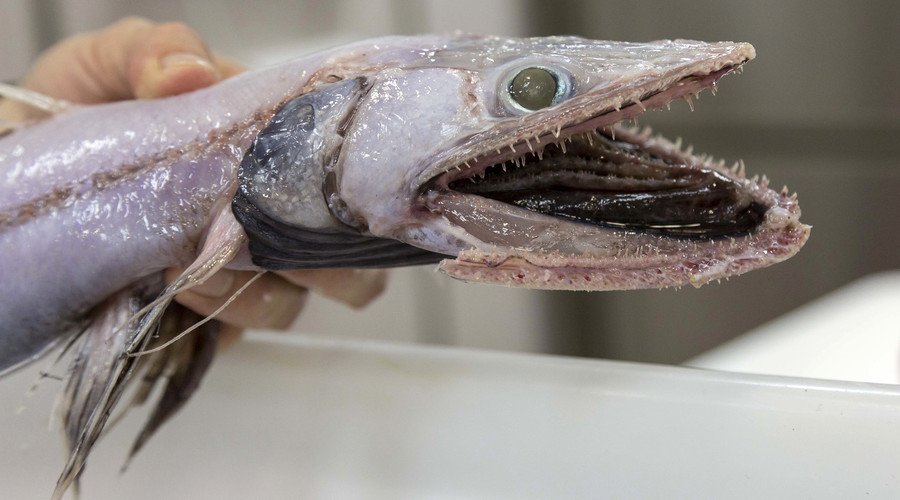Disturbing faceless fish hauled from ‘the most unexplored environment on Earth’ (PHOTO)

This is no horror movie, this is real life. A disturbing alien-like faceless fish plucked from the depths of the seabed off Australia will haunt your dreams.
READ MORE: Delighted scientists discover goofy squid (VIDEO)
The month-long expedition dove some 4km (2.5 miles) beneath the waves in a never-before explored region on the eastern seaboard. It’s all in the name of discovering new and weird fish species – and has clearly succeeded.

The region in question is “the most unexplored environment on Earth,” according to Tim O’Hara, chief scientist aboard Museums Victoria’s ‘The Investigator’. The vessel spends seven hours a day trawling the seafloor with an 8km-long exploratory cable.
READ MORE: Horrifying ‘sea monster’ carcasses found washed up on Philippines beaches (PHOTOS)
The team of 27 on-board scientists are “leaders in their fields,” says O’Hara. They used nets, sonar and deep-sea cameras to scope out the area, collecting bright red spiky rock crabs, puffed-up cornfish, blind sea spiders and deep sea eels in the process.
By far the most freaky find, however, was a faceless fish – with only one previous sighting on record near Papua New Guinea in 1873.

"It hasn't got any eyes or a visible nose and it's mouth is underneath," O’Hara told AFP, explaining that living in complete darkness and extreme pressure means some creatures often don’t have eyes or produce their own light through bioluminescence.
The team has collected several thousand specimens so far, around one-third of which are new species, says O’Hara, and with two weeks of exploring still to go, who knows what otherworldly objects they’ll bring up next.












